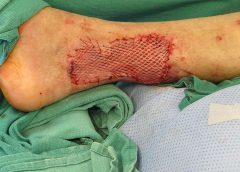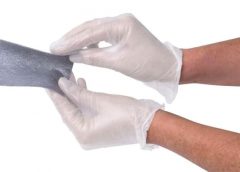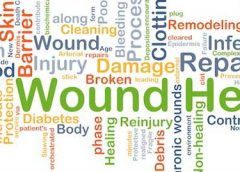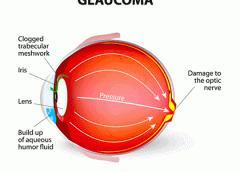Antibiotic overuse contributes to the problems of antibiotic resistance and healthcare acquired infections, such as Clostridium difficile. Antibiotic stewardship programs improve patient outcomes, reduce antimicrobial resistance, and save money. These programs are designed to ensure patients receive the right antibiotic, at the right dose, at the right time, and for the right duration. (more…)
Read MoreYear: 2017
NYU docs are using machine learning to stop a stealthy disease before it’s too late
Researchers at NYU’s Tandon School of Engineering have teamed up with those from the university’s Rory Meyers College of Nursing to develop a machine-learning algorithm that could help detect a lymphatic system disease before doctors are able to.
There is no cure for lymphedema, only physical exercises that can keep the symptoms in check. (more…)
Read MoreBetter Skin Grafts – take only one layer
Research shows that a skin-graft harvesting system aids chronic wound recovery and reduces care costs by accelerating the healing process.
More than six million cases of chronic wounds cost $20 billion each year in the United States. Diabetic ulcers, pressure sores, surgical site wounds, and traumatic injuries to high-risk patients account for most wounds that won’t heal. (more…)
Read MoreCrawford bags FDA clearance for wound dressing that will ‘save limbs’
Crawford Healthcare, one of the biggest makers of advanced wound-care products in the UK, has won clearance from US regulators for a medical dressing that it says will “save limbs”.
The product, called KerraCel AG, soaks up fluid and bacteria from nasty, oozing wounds and locks it away as a gel. It is also the only dressing of its kind to contain silver at a special concentration to kill all bacteria – even those resistant to antibiotics – that prevent chronic wounds, such as diabetic ulcers and pressure sores, from healing. (more…)
Read MoreNew Approach to Wound Healing Easy on Skin, Tough on Bacteria
Washington, D.C. — In a presentation to the American Chemical Society meeting, Ankit Agarwal, a postdoctoral researcher at the University of Wisconsin-Madison, described an experimental approach to wound healing that could take advantage of silver’s anti-bacterial properties, while sidestepping the damage silver can cause to cells needed for healing.
Silver is widely used to prevent bacterial contamination in wound dressings, says Agarwal, “but these dressings deliver a very large load of silver, and that can kill a lot of cells in the wound.” (more…)
Read MoreHow to benefit from electrical stimulation for the treatment of chronic wounds
One of the most amazing things about the human body is its ability to repair itself. Lacerations, punctures, abrasions all heal with little or no care. Chronic wounds, those that persist day after day, are a small subset of wounds but they compose a troublesome minority. They include, but are not limited to, diabetic foot ulcers (DFU), venous leg ulcers (VLU), and pressure ulcers (colloquially known as bedsores). These represent the body’s failure to fix itself. (more…)
Read MoreDragon blood may help wounds heal faster
A new study has identified a peptide, derived from the Komodo dragon, called VK25, which can be synthesized and used as an antimicrobial peptide to promote wound healing.
The new research has identified (see below) a peptide found from the Komodo dragon (Varanus komodoensis), called VK25, which appears to be useful as a cationic antimicrobial peptide (CAMP). There is currently considerable interest in antimicrobial peptides in a world where antibiotic effectiveness is in decline. These peptides are potent, broad spectrum antibiotics which demonstrate potential as novel therapeutic agents. (more…)
Read More‘Miracle’ stem cell treatment heals burns without scarring
Pennsylvania state trooper Matt Uram was talking with his wife at a July Fourth party in 2009 when a misjudged spray of gasoline burst through a nearby bonfire and set him alight. Flames covered the entire right side of his body, and after he fell to the ground to smother them, his wife beat his head with her bare hands to put out his burning hair. It was only on the way to the ER, as the shock and adrenaline began to wear off, that the pain set in. “It was intense,” he says. “If you can imagine what pins and needles feel like, then replace those needles with matches.” (more…)
Read MoreMeeting the nutritional needs of elderly cancer patients
Although it is described as “one of society’s greatest achievements,” with the aging population, cancer incidence is expected to accelerate rapidly, as 50% of cancer occurs within this age group.(1)
Nutrition therapy is a crucial component of cancer care. Early and continuous nutrition management is necessary to avoid malnutrition, as this is associated with poor clinical outcomes.(2) Often, the elderly already face chronic comorbid conditions, such as high blood pressure, heart disease, lung disease, diabetes, kidney disease, bone disease and arthritis, further complicating their care.(3) (more…)
Read MoreGlobal wound care dressings industry illuminated by new report
TheraSkin® – New V.A. Contract
NEWPORT NEWS, Va., July 18, 2017 /PRNewswire/ — All four sizes of TheraSkin® are now available to nearly 9 million veterans treated by more than 110 VA Medical Centers and 800 Community Based Outpatient Centers (CBOCs) nationwide as a result of the Department of Veterans Affairs updating their Federal Supply Schedule. (more…)
Read More3 reasons why cornea is the new Glaucoma
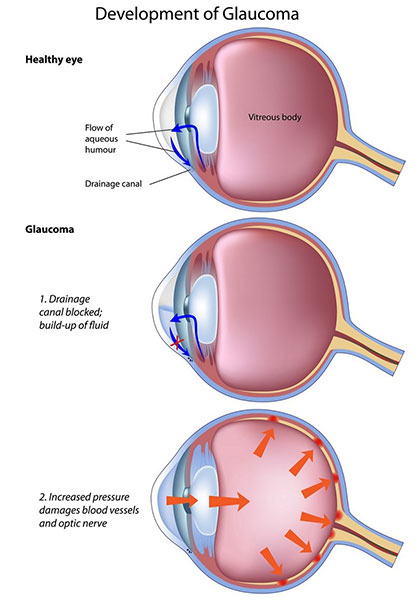
Over the past few years, this pace of change has been very evident in glaucoma, where minimally invasive procedures have greatly diminished the frequency of trabeculectomy and tube shunt procedures. In this issue of OSN, our cover story focuses on a specialty that’s now moving as quickly as glaucoma. And here are three reasons I believe cornea will continue to be the “next big thing” in eye care: (more…)
Read More


